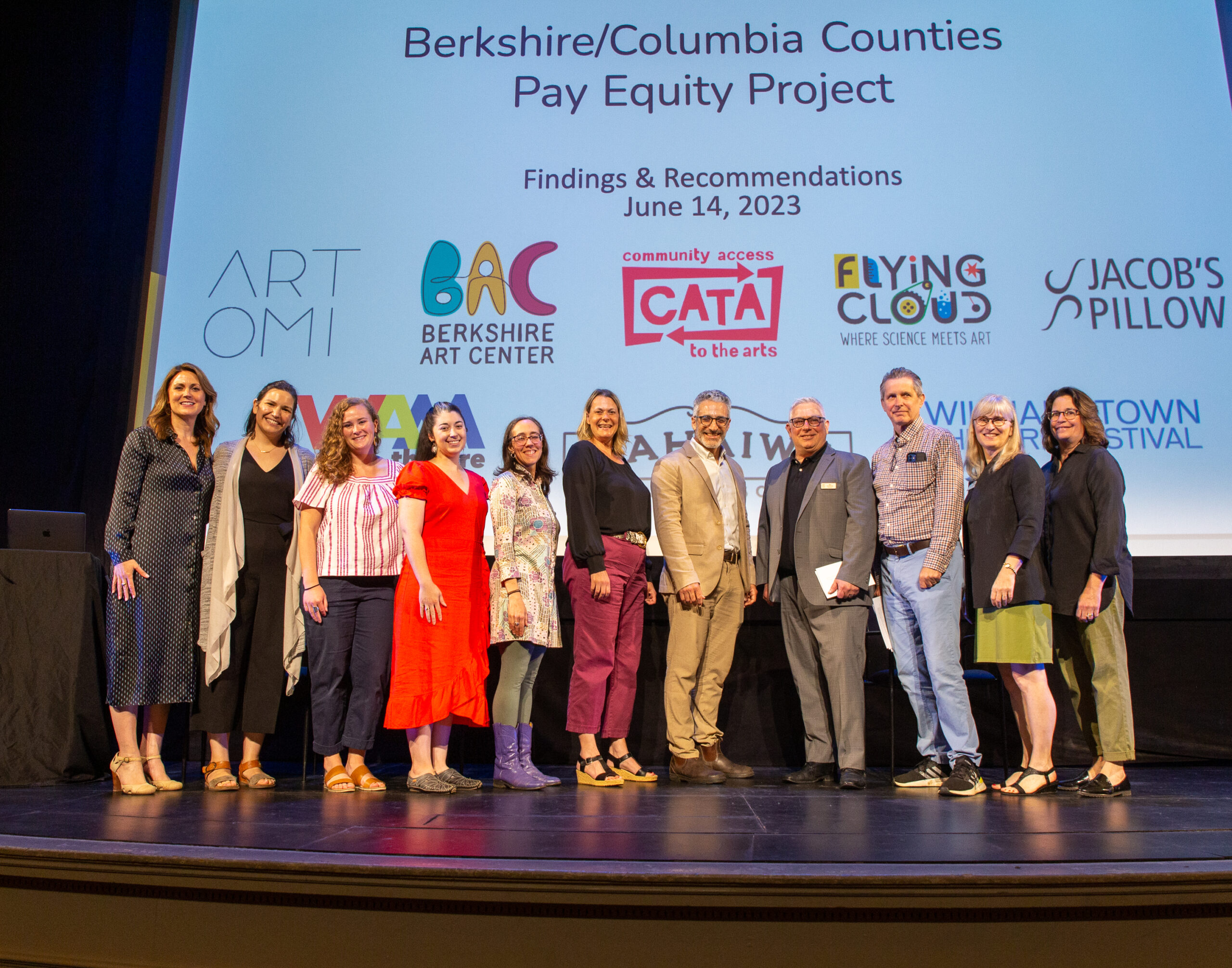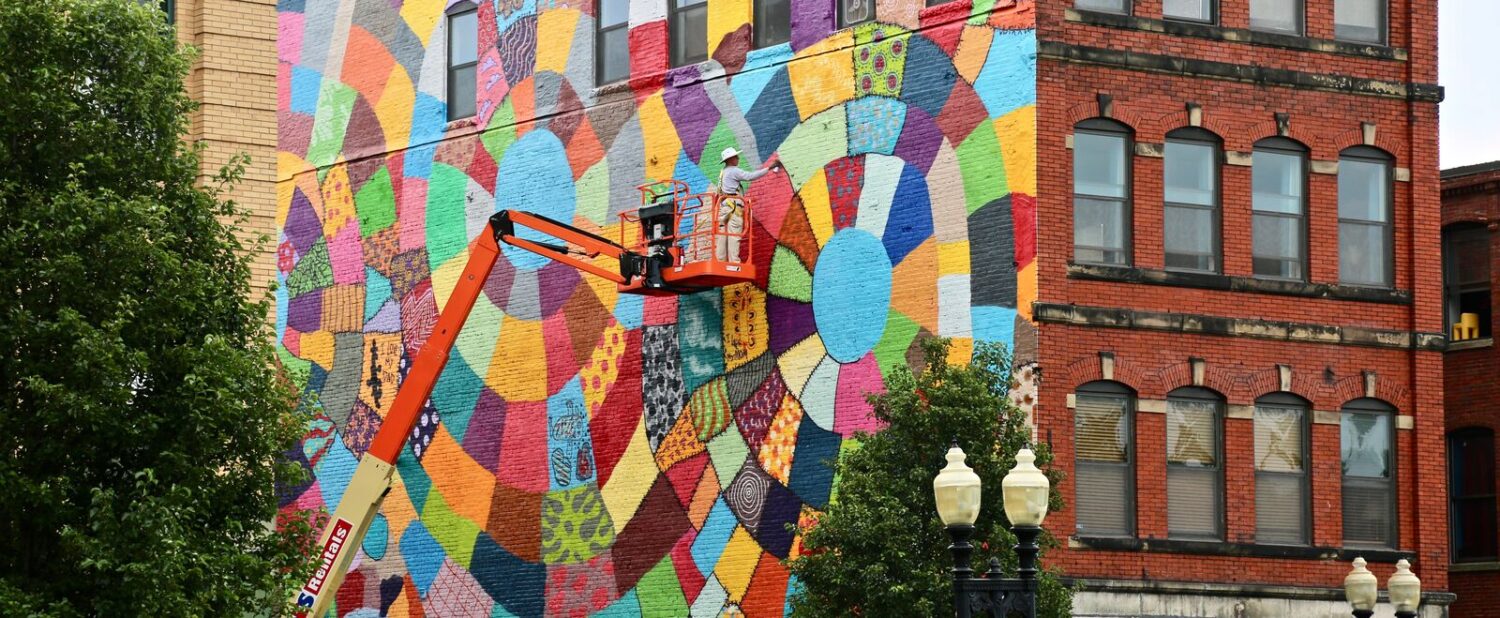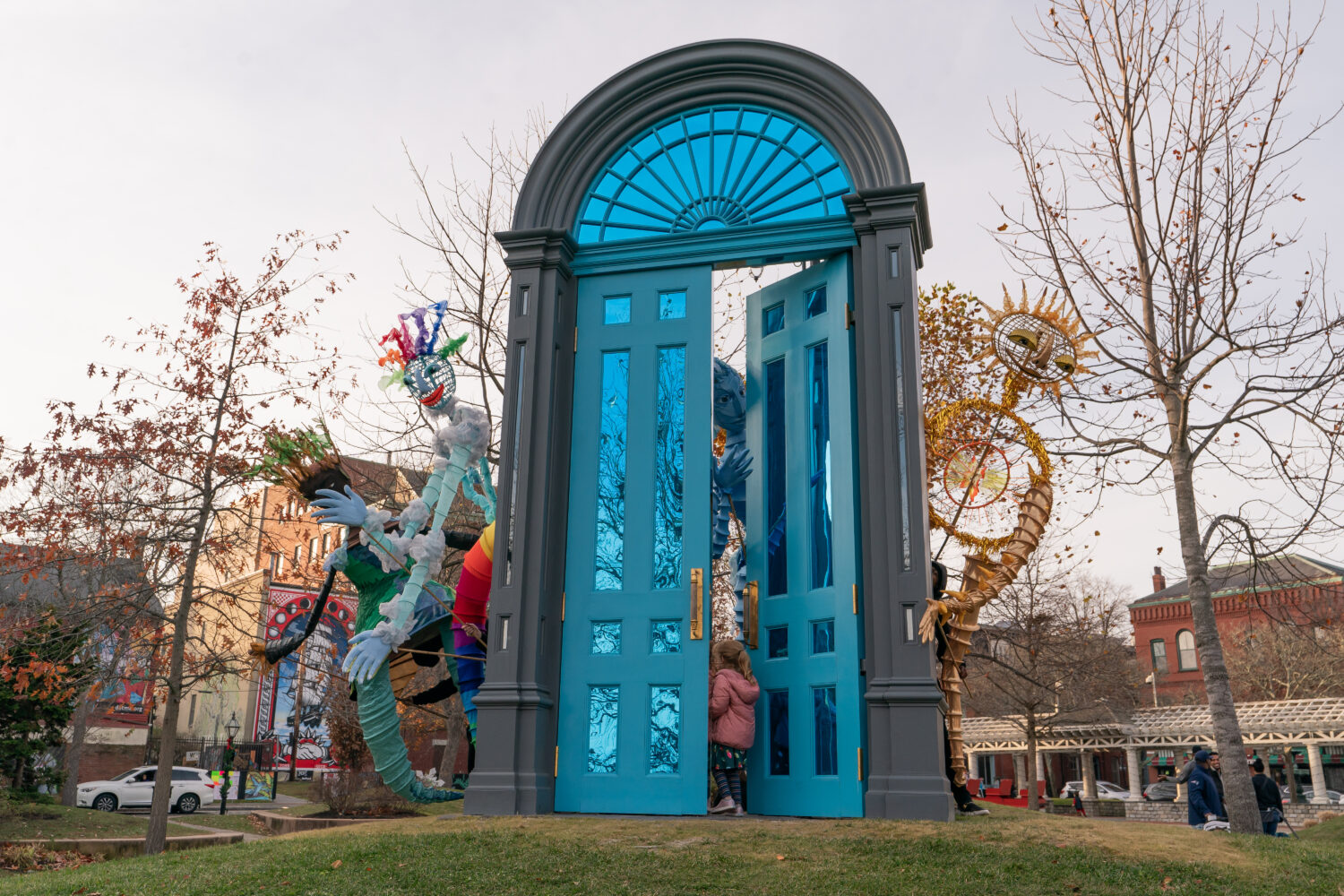“Working in the arts is a passion” – even if passion plus your paycheck doesn’t pay the rent.“Do more with less” – even when more art comes at the price of longer hours and less money for the people making it. “Reduce overhead costs” – even when a lack of adequate pay means leaving a lot of people out. These are stories that have been told in arts organizations for too long. They speak to the ugly reality of inequitable pay in the arts sector.
Like many arts organizations, the Mahaiwe Performing Arts Center in Great Barrington, MA, turned our attention to making our organization more inclusive following the racial reckoning in 2020. Yet hiding in plain sight, potentially hindering those laudable efforts, was the issue of pay inequity at arts organizations.
We were determined to do something about it. And, importantly, to be guided by the people most affected, entry- and mid-level arts workers.
In 2022, we formed the Berkshire/Columbia Counties’ Pay Equity Project, enabled by early and ongoing grant support from Berkshire Taconic Community Foundation’s Arts Build Communityinitiative. We do this work in partnership with five other arts and cultural organizations: Art Omi, Berkshire Art Center, Jacob’s Pillow Dance Festival, Community Access to the Arts (CATA), and WAM Theatre. This coalition has since grown to eighteen.
As a capstone project for a year-long Inclusive Leadership Cohort convened by Multicultural BRIDGE, we hired independent consultant Aron Goldman to help amplify the voices of arts workers in our region. Through surveying 202 individuals and 38 organizations, we confirmed a disheartening truth that came as no surprise: arts workers are severely underpaid. Weary of the struggle, 40% have no long-term plans to stick it out in the arts and another 20% are wavering.
Those sobering findings hold implications reverberating far beyond the existential threat to theatres, museums, and concert halls. Why? Because societies rely on artists — performers, musicians, playwrights, and those working in organizations that amplify their work — to interpret and transform our collective lived experiences. They have the power to inspire our moral imaginations, and a role to play in advancing cultural and social change.A world in which the arts cannot flourish is an impoverished one, and not just financially.
Struggling to Make Ends Meet
Among key findings of the Pay Equity Project study:
- About half of workers said their wages could not completely pay for such basics as housing, transportation, food, and healthcare.
- Most workers had multiple jobs to make ends meet.
- More than half of all employees earned less than $50,000 a year (or the hourly-rate equivalent).
Arts workers told us their income alone was not enough. According to our survey, 58% of arts workers said they could sustain their careers only because they had other sources of income. This is a problem for several reasons. When employment in the arts is limited to those who are wealthy enough to accept a low salary because they have other means of support, it means that the arts become exclusionary, a sector where only the privileged can afford to work. Those without that support may take on multiple jobs to take care of themselves, which, for many people, is unsustainable. Put another way, low pay in the arts is a barrier to attracting and retaining a diverse workforce that is inclusive across race, class, gender, and sexual orientation. When that happens, we lose the richness in thought and experience that diversity brings and perpetuate the perception of the arts as elitist.
We also heard something that is often given short shrift: Low wages in the cultural sector were causing physical, emotional, and relationship issues for employees. The stress of being poor was taking its toll. As one respondent put it, “paying someone so little puts them into a perpetual state of worry, unease, and hopelessness.”
Ultimately, the Pay Equity Project’s study revealed that the issue was bigger than any single organization could fix without a broader consideration of how deeply embedded, systemic, and inequitable under-compensation of arts workers truly is. So, we’ve begun changing things together.
What We’re Doing
While there’s no one-size-fits-all approach to resolving pay equity issues within arts organizations, we can learn from each other. Members of the Pay Equity Coalition share challenges publicly, hold each other accountable, and advocate for change together. We are all implementing key practices. The 2024 Pay Equity Summit held in September at the Mahaiwe Performing Arts Center is an opportunity to report successes and continued efforts.
At the Mahaiwe, we benchmark against salaries in our industry and check the MIT living wage calculator to ensure everyone earns at least 110% of local standard. We offer yearly cost-of-living increases above the 12-month federal Cost of Living Adjustment and make sure that those at the bottom of the pay scale get higher percentage increases than those at the top. We provide paid time off for all staff, including part-time workers, and distribute insurance coverage as broadly as we can. We use salary bands to make hiring and promotions more equitable and transparent. We track compensation ratios across the organization. We have committed to an annual review of job descriptions, adjusting compensation when appropriate, to avoid “mission creep,” a common affliction at non-profits where job responsibilities increase over time while salary doesn’t.
Why make those investments? Not only is pay equity the right thing to do, but inclusive organizations also perform better and are more attractive to young talent, the majority of whom seek diverse workplaces. Richly varied viewpoints and experiences drive creativity essential to the artistic process.Increase pay equity, and you strengthen the sector.
What Others Can Do
Arts organizations can start by:
- Developing an overarching framework and philosophy that outlines how compensation is set.
- Eliminating unpaid internships.
- Committing to 40-hour work weeks with exceptions guided by transparent protocols.
- Providing prorated benefits for part-time employees.
- Offering health insurance, retirement plans, and paid time off for sickness, holidays, vacations, bereavement, and jury duty.
- Allowing flexible scheduling and remote work, when possible.
For many organizations running on a shoestring, these changes may seem daunting. Some will question whether they can improve wages and still stay in business. But that is the wrong question to ask. The real question is, can we afford not to? As our survey revealed, too many arts workers are at the breaking point. They love their work passionately, but they simply can’t afford to do it. And that’s no way to conduct business. Passion, as we conclude in the report, is no substitute for a living wage.




